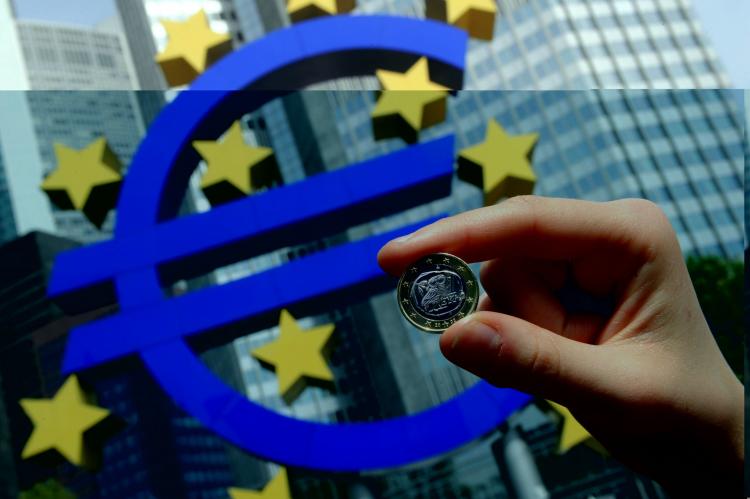European Union leaders and finance ministers unveiled a groundbreaking emergency loan fund worth almost $1 trillion in an effort to halt a spiraling sovereign debt crisis that threatens to engulf the euro currency.
Policymakers outlined the loan and security purchase program on Monday morning in a show of force to stem the recent slide of the euro currency, which last week fell to a 14-month low against the U.S. dollar.
“In the wake of the crisis in Greece, the situation in financial markets is fragile, and there was a risk of contagion which we needed to address,” read a statement from the EU. “We have therefore taken the final steps of the support package for Greece, the establishment of a European stabilization mechanism, and a strong commitment to accelerated fiscal consolidation, where warranted.”
The three-year program, called theEuropean Financial Stabilization Mechanism, will be funded with 500 billion euros (US$960 billion) from EU member nations, with another $250 billion from the International Monetary Fund. Of the 500 billion, 440 billion euros (US$570 billion) will come from Eurozone governments, while 60 billion (US$75 billion) will come from the EU’s budget, according to a statement from Spanish Economy Minister Elena Salgado.
A meeting was held last weekend after the euro struggled, falling more than 4 percent, as concerns heightened that Greece’s runaway debt problems may spread to other financially weak Eurozone nations, such as Portugal, Spain, and Italy.
The plan was unveiled a few hours after the markets opened Monday in Tokyo.
Policymakers outlined the loan and security purchase program on Monday morning in a show of force to stem the recent slide of the euro currency, which last week fell to a 14-month low against the U.S. dollar.
“In the wake of the crisis in Greece, the situation in financial markets is fragile, and there was a risk of contagion which we needed to address,” read a statement from the EU. “We have therefore taken the final steps of the support package for Greece, the establishment of a European stabilization mechanism, and a strong commitment to accelerated fiscal consolidation, where warranted.”
The three-year program, called theEuropean Financial Stabilization Mechanism, will be funded with 500 billion euros (US$960 billion) from EU member nations, with another $250 billion from the International Monetary Fund. Of the 500 billion, 440 billion euros (US$570 billion) will come from Eurozone governments, while 60 billion (US$75 billion) will come from the EU’s budget, according to a statement from Spanish Economy Minister Elena Salgado.
A meeting was held last weekend after the euro struggled, falling more than 4 percent, as concerns heightened that Greece’s runaway debt problems may spread to other financially weak Eurozone nations, such as Portugal, Spain, and Italy.
The plan was unveiled a few hours after the markets opened Monday in Tokyo.






